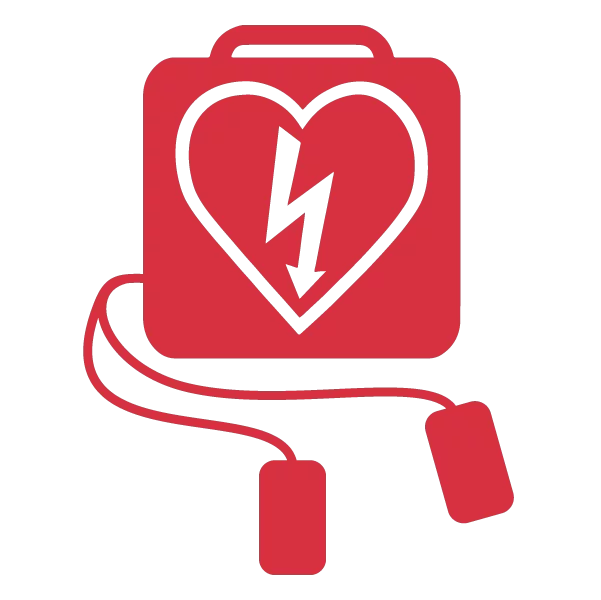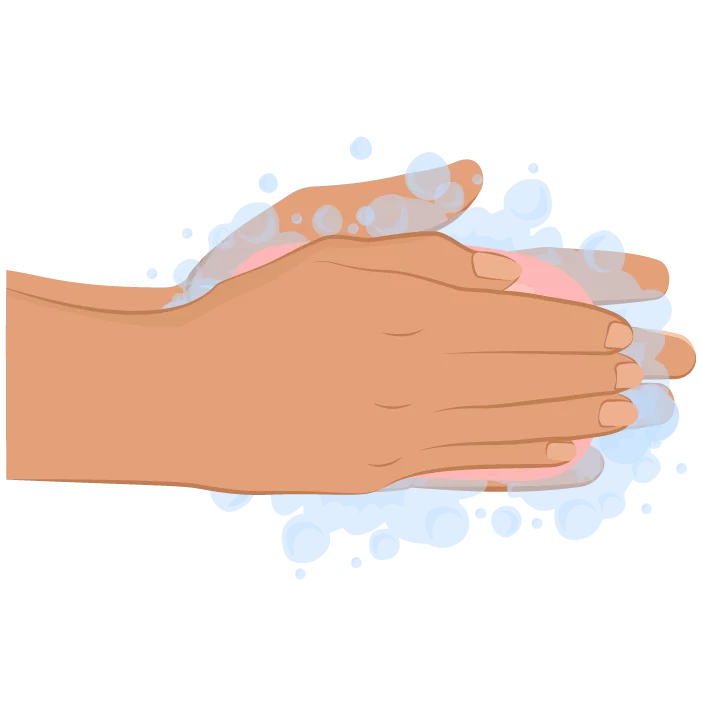MARCH 11, 2020
CPR in times of Coronavirus
COVID-19 pandemic victim management update
Introduction
A bit of context
• Cardiac arrest occurs when the heart stops beating unexpectedly.
• Over 80% of cardiac arrests occur in the home, so responders are often relatives or friends.
• Cardiopulmonary resuscitation (CPR) and the use of automated external defibrillators (AEDs) significantly improve the chances of survival.
• Given the exceptional circumstances of the COVID-19 pandemic, there is some concern about the risk of a responder contracting the disease while performing CPR or using an AED.
• The recommendations below are based on expert opinion.
• They will help reduce the risk of virus transmission to a responder performing CPR or using an AED in the event of cardiac arrest.
• These are modifications to standard hands-only CPR, applicable in the context of the COVID-19 pandemic.
• They apply to both adults and children.

Intervention protocol
If you are in the presence of someone who may have suffered cardiac arrest during the COVID-19 pandemic and you feel ready to help, but also want to reduce the risk of transmission of coronavirus disease, you should take the following steps, which are modifications of standard CPR.
Be aware of the
signs of cardiac arrest
• Determine if it's cardiac arrest by noticing a lack of reaction when you shake the person and shout AND the fact that the person is not breathing or is making unusual breathing sounds such as gasping.
• Do not bend over to listen to or perceive breathing by bringing your ear and cheek close to the victim's mouth.
• Instead, just observe breathing.

Call
9-1-1
• Explain that you've found an unconscious person with abnormal breathing.
• Tell them if there's a possibility of COVID-19.

Prevent
contamination
• Place a cloth, towel or piece of clothing over the victim's mouth and nose to prevent the virus spreading through contaminated air or saliva.

Perform
hands-only CPR
• Push hard and fast, in the center of the chest, with one hand on top of the other.
• Perform compressions to the rhythm of the song Staying alive, or 100 to 120 beats per minute.
• Do not stop compressions until the ambulance arrives.
• Do not give insufflations.
• The 9-1-1 emergency medical responder will give you instructions if necessary.

If possible,
use an AED
• The chances of survival after cardiac arrest are 2 times greater when a bystander intervenes with an AED before emergency medical services arrive.
• AEDs are safe and easy to use.
• Just switch it on and follow the on-screen instructions.
After a resuscitation attempt
Hygiene and cleaning measures
• After paramedics or first responders have taken over resuscitation, wash or discard the cloth, towel or garment used to cover the victim's face.
• You should then wash your hands thoroughly with soap and water; an alcohol-based hand gel is another solution.

Special circumstances
• The above actions correspond to the majority of sudden cardiac arrest situations.
• In certain circumstances, you may provide other treatments if you have received the necessary training.
• You should only provide these treatments if you have no concerns about transmission of COVID-19 (e.g., it's someone you know).
THESE SITUATIONS INCLUDE, FOR EXAMPLE:
• An opioid overdose witnessed by you (use naloxone and insufflations/ventilations, followed by chest compressions if unresponsive).
• Drowning witnessed by yourself (insufflations/ventilations and chest compressions).
• Cardiac arrest in a child (insufflations/ventilations and chest compressions).
Responsibility to act
Good Samaritan law
First-aiders must provide assistance to the best of their ability and knowledge. Most laws require you to remain at the scene of an incident or accident, and to ensure that emergency services are contacted.
Under no circumstances will these laws ask you to put your health, integrity or even your life at risk in order to rescue one or more people in distress. The Good Samaritan law was therefore created to prevent bystanders from hesitating to act in the face of an incident, for fear of prosecution should they blunder.
This principle aims to protect any individual providing assistance to one or more victims, in the event of an error in his or her rescue intervention. While the rescuer's error may have unintentionally caused injury or even death, as long as the rescuer acted with the sole aim of helping the victim, he or she will be protected by the Good Samaritan law.
Written by Alexandre Grenier, Founder of Académie Saint-Bernard
Illustrated and edited by Emilie Bedard, Communications Manager